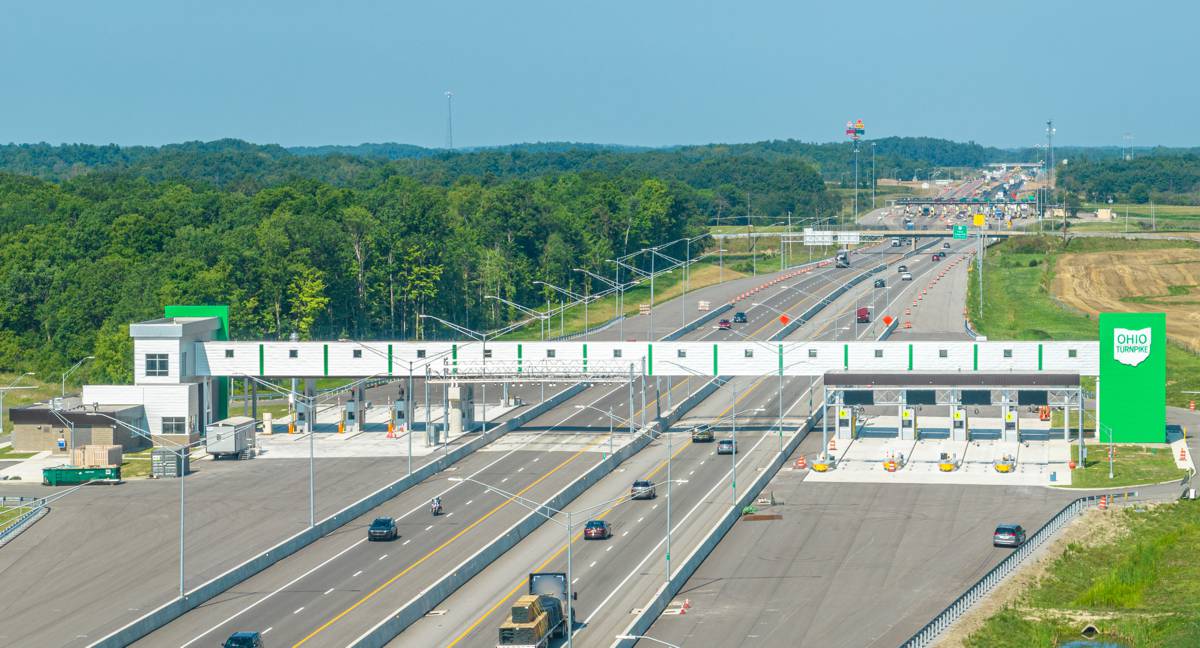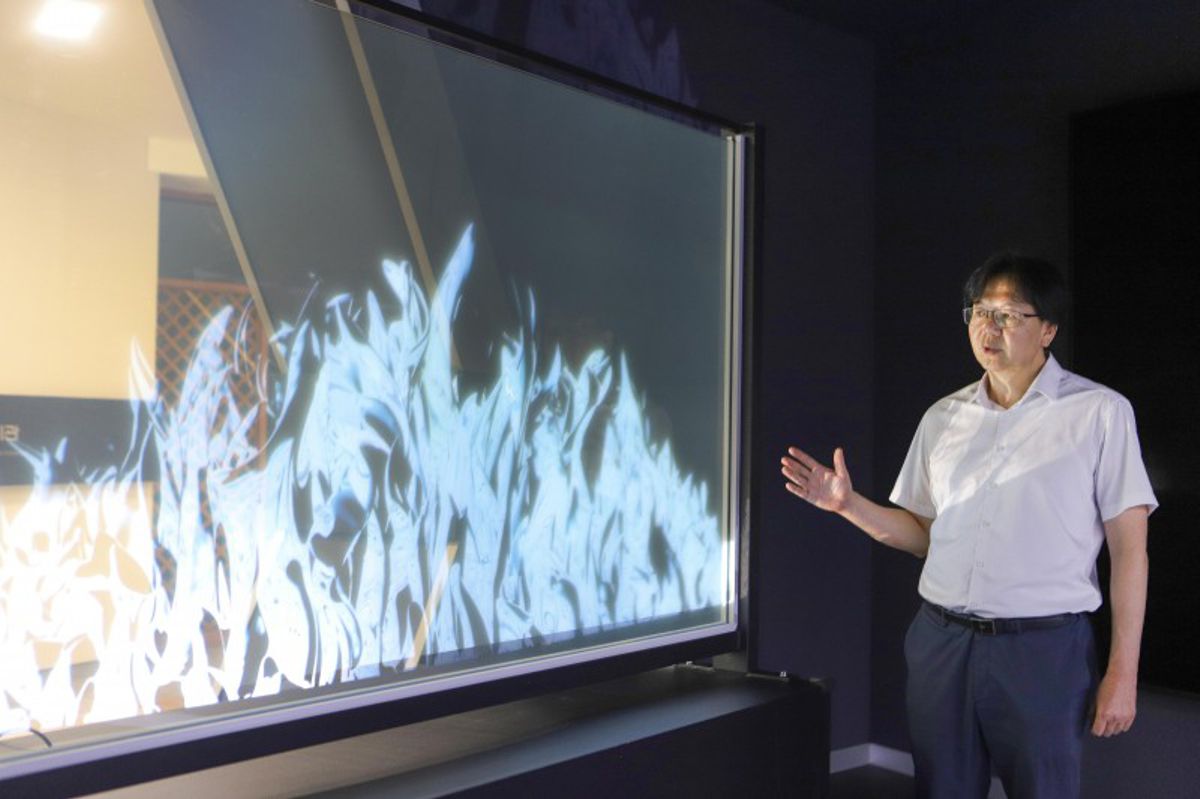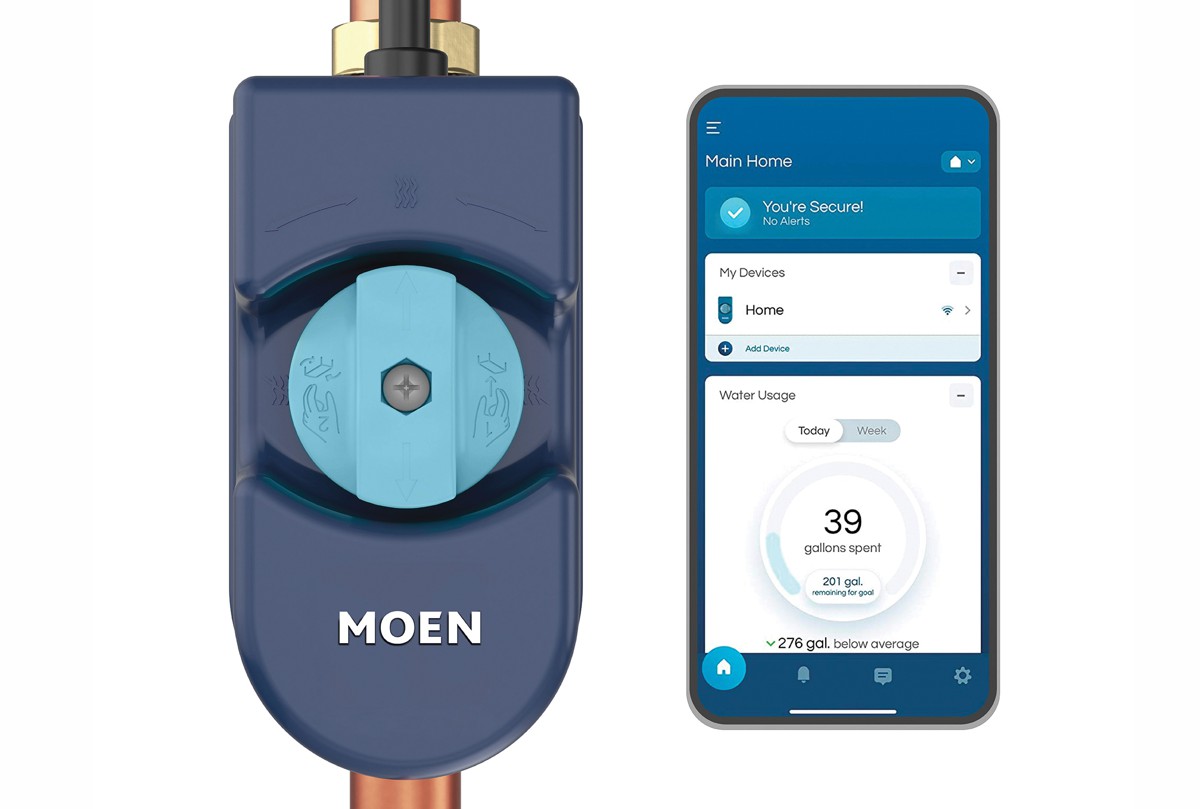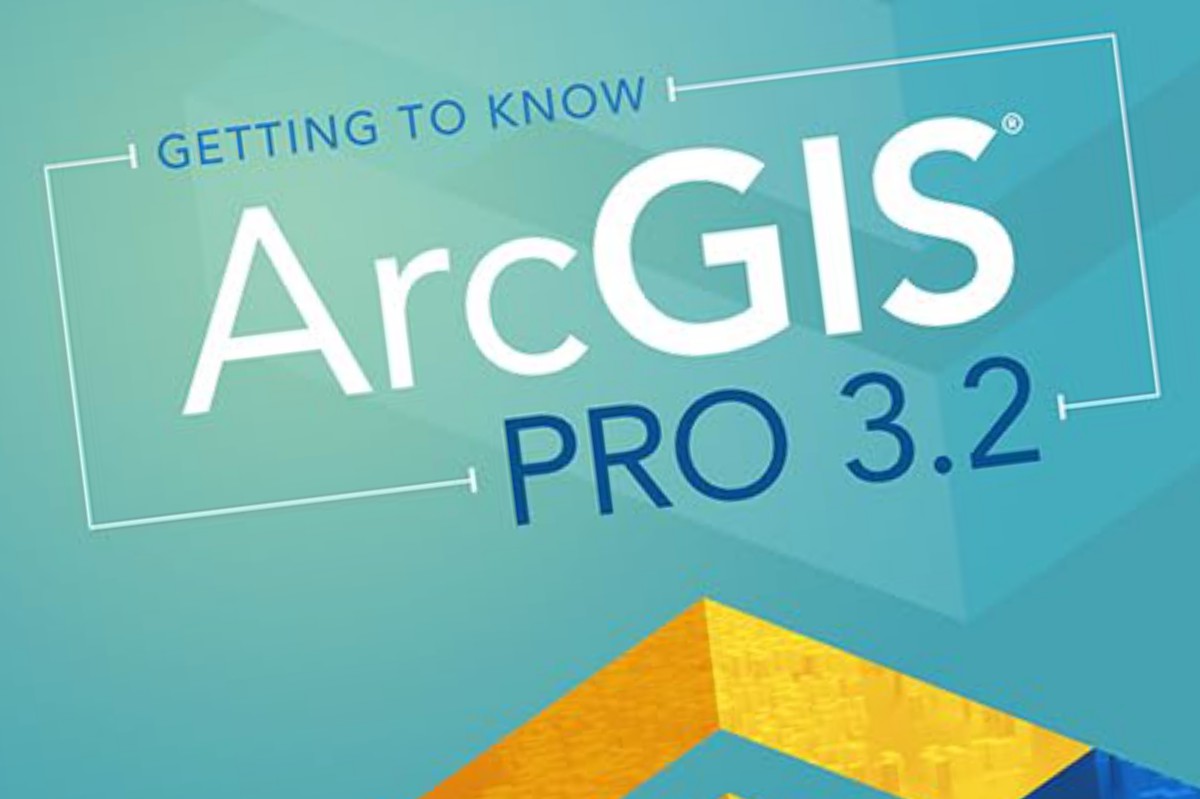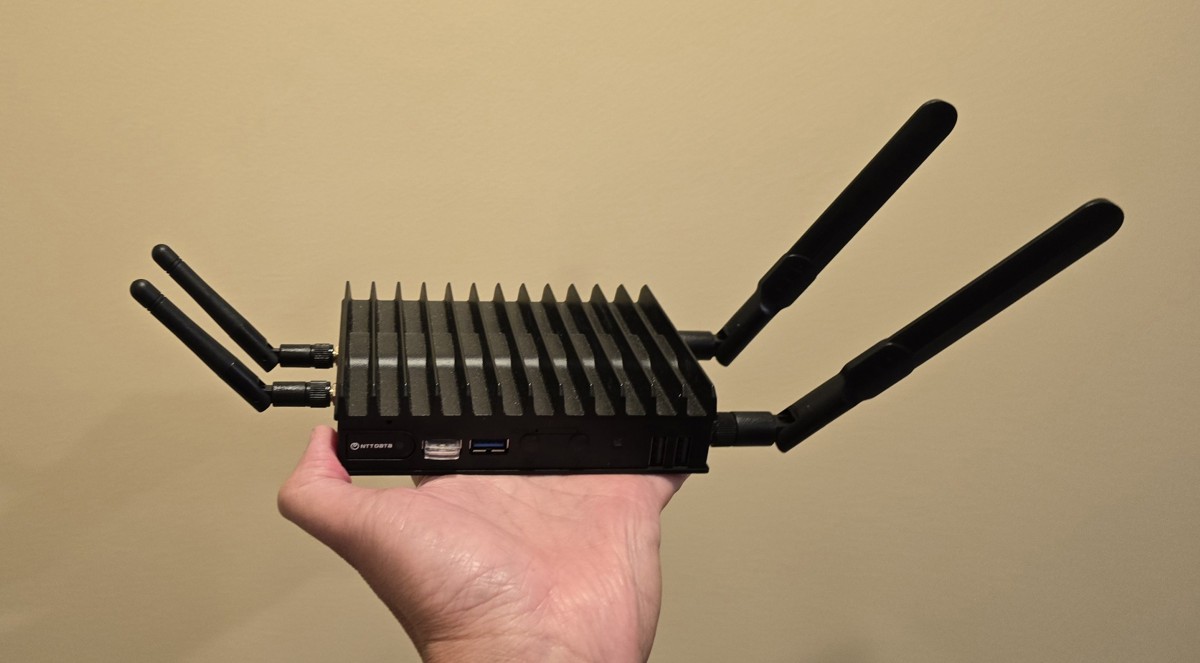Esri and National League of Cities aim to reduce digital divide with Broadband pilot
Esri, the global leader in location intelligence, is joining the National League of Cities (NLC) Capstone Challenge Series to pilot geographic information system (GIS) solutions to address broadband availability.
“The Capstone Challenge was developed by NLC to showcase the power of public-private partnerships in addressing timely and critical issues facing America’s cities, towns, and villages,” said NLC CEO and executive director Clarence E. Anthony. “Through this challenge, NLC brought together mayors, city administrators, and departmental staff with industry leaders to create innovative solutions that work for all residents.”
The pilot program will be implemented in Cedar Rapids, Iowa; Purcellville, Virginia; and Butte-Silver Bow, Montana, and members will work with Esri to provide insight and feedback on their broadband challenges and create lasting solutions. In turn, Esri has agreed to work with the three NLC members to deliver relevant and repeatable GIS solutions to address broadband availability.
The Capstone Challenge Series is a pilot program that pairs NLC partners with motivated local leaders to create repeatable solutions for government needs. NLC is the voice of America’s cities, towns, and villages, representing more than 2,600 municipalities across the country. NLC works to strengthen local leadership, influence federal policy, and drive innovative solutions.
“The recent pandemic has brought attention to a challenge that has persisted as long as many areas have gone without the necessary connections to the world enabling them to live and do business,” said Jack Dangermond, Esri founder and president. “We are happy to be able to work so closely with local jurisdictions to define approaches to closing the digital divide and deliver solutions that truly meet the needs of cities.”
Cedar Rapids, Purcellville, and Butte-Silver Bow will work to launch and test GIS solutions developed by Esri, including the following:
- Equity Index Tool—To identify priority populations and gaps in broadband coverage (using key indicators like demographic data and reported broadband)
- Speed Test App—To crowdsource internet speed tests from residents (validating reported internet coverage and speeds from external data sources) to establish an authoritative dataset
- Planning Tools—To report broadband coverage statistics, understand gaps in service, and strategize service expansion
- Communication Tools—To share broadband information with internal and external stakeholders
This series of complementary solutions will help local governments, large and small, use GIS to effect better decision-making and will be available to all ArcGIS users.
To learn more about how state and local governments can use GIS to address broadband access, join the session Peer Learning: Resources for Cities from the Capstone Challenge Series at the upcoming NLC City Summit: citysummit.nlc.org/.






